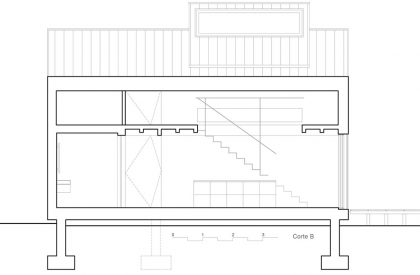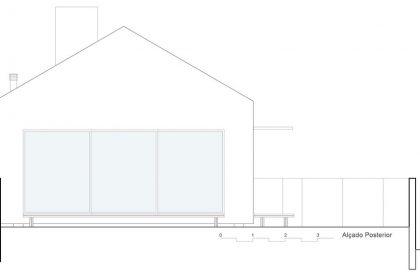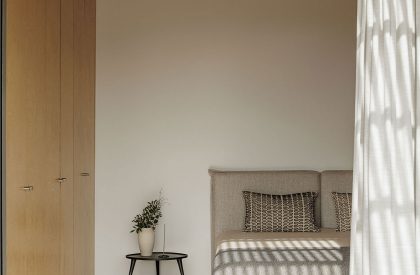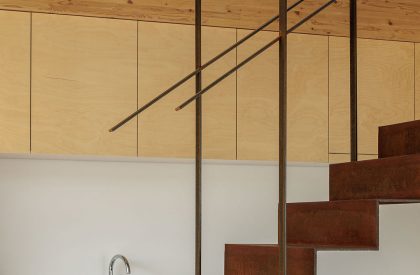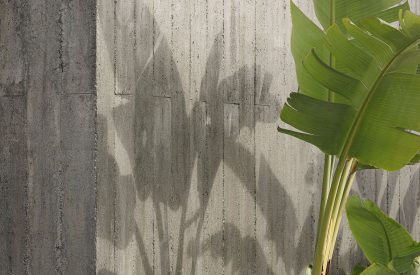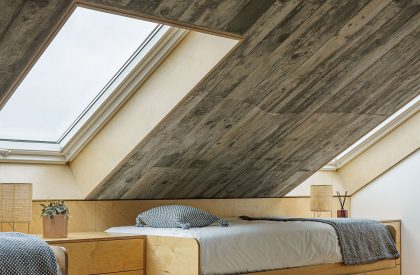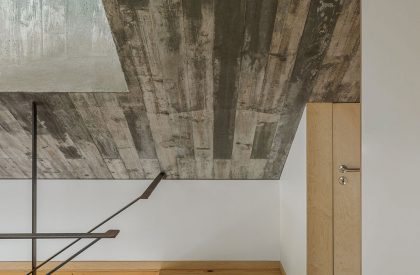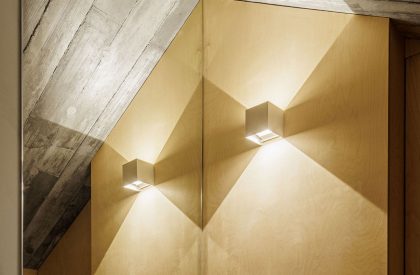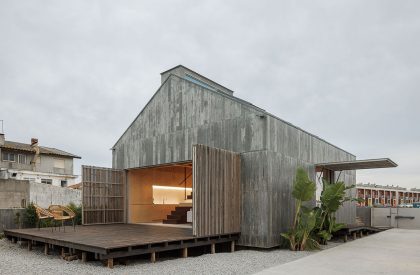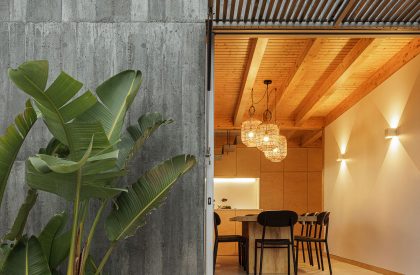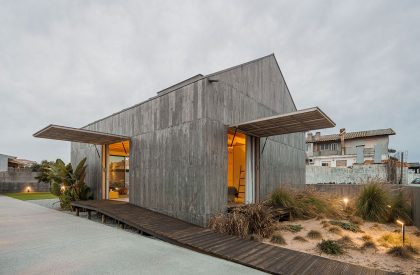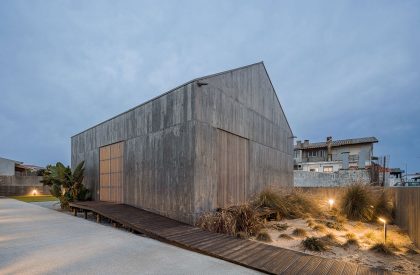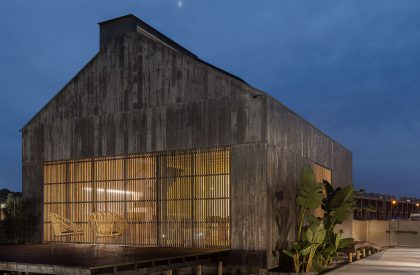Excerpt: The residence Palheiro, by Pedro Henrique Arquiteto is a modern interpretation of the fishermen’s house, which originated in response to the necessity for a place to live near the beach. Over time, the Portuguese coastline has been shaped by several regional styles. To generate a direct conversation between the past, present, and future, the aim was to foster the preservation of this regional heritage as well as to regain the community’s collective memory.
Project Description


[Text as submitted by architect] Located on Esmoriz, this project is a contemporary reinterpretation of the fishermen’s house called “Palheiro”, which emerged in the early 19th century as a response to the need to inhabit the beach. These vernacular architectures have marked the landscape of the Portuguese coastline over the years.
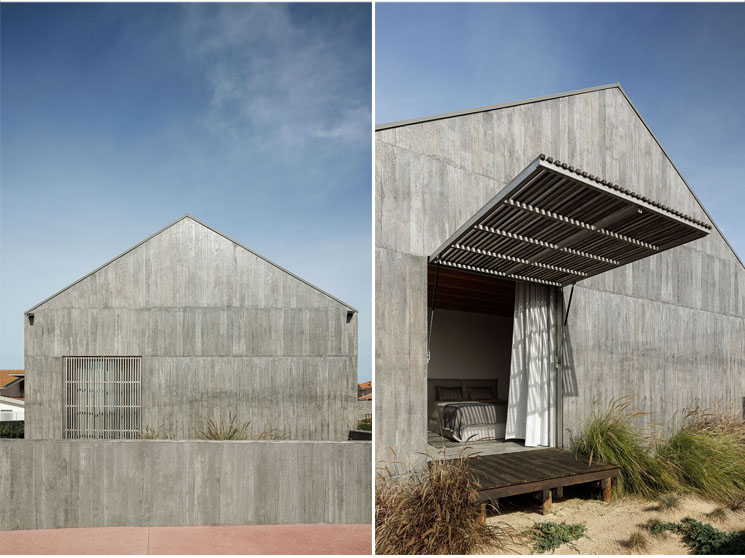


The architectural objective intends to promote the preservation of this regional heritage as well as recover the collective memory of the community, establishing a direct dialogue between the past, present, and future.




The archetypal form is entirely made of concrete, using wood to mark the stereotomy on the facades. This last material also appears on the rhythmic and highlighted covers.



Access to the entrance level is via a ramp, raised from the ground and built on piles similar to the coastal walkways. It is in this same structure that platforms are also projected, resulting in terraces that appear as extensions of the interior space. This is one of the particularities of the work, which is guaranteed by the use of large sliding windows associated with the exterior shutters, which project onto the terraces and consequently protect them.
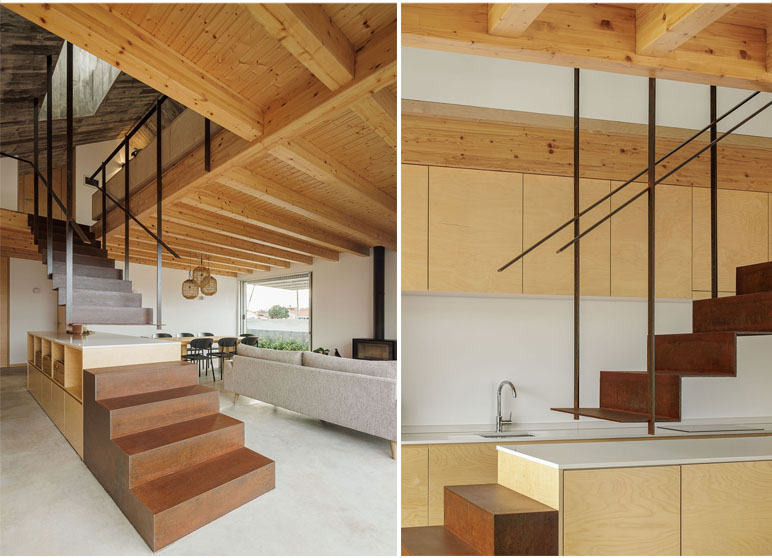


Inside, the staircase is the central element that helps to define and organise the spaces, giving them amplitude.



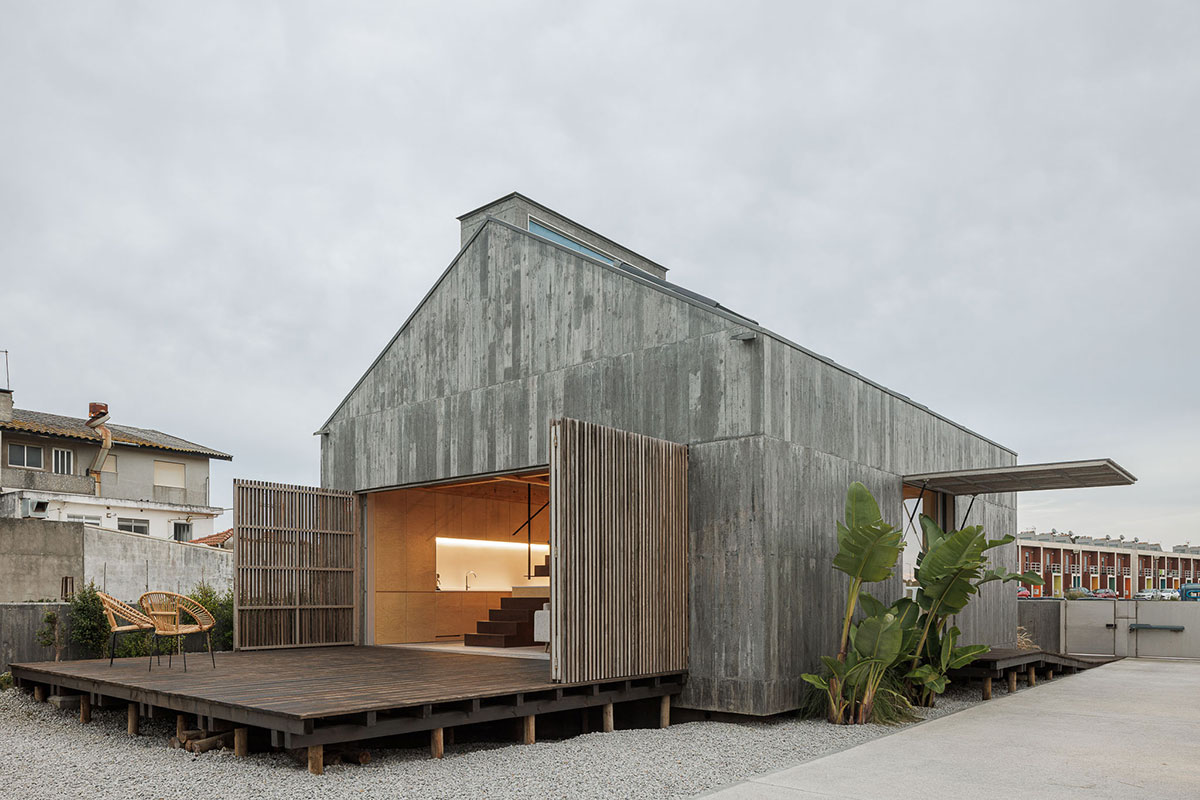
At the programmatic level, the house is organised on two floors. The ground floor is organised by the entire social area, the master bedroom, and a toilet. On the 1st floor, we find a large resting area, a second bedroom, a toilet, and storage.




